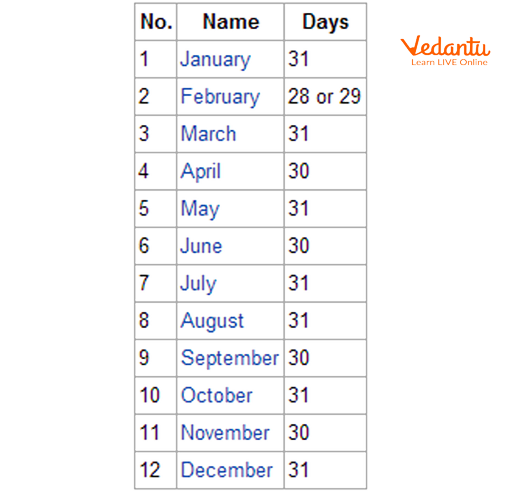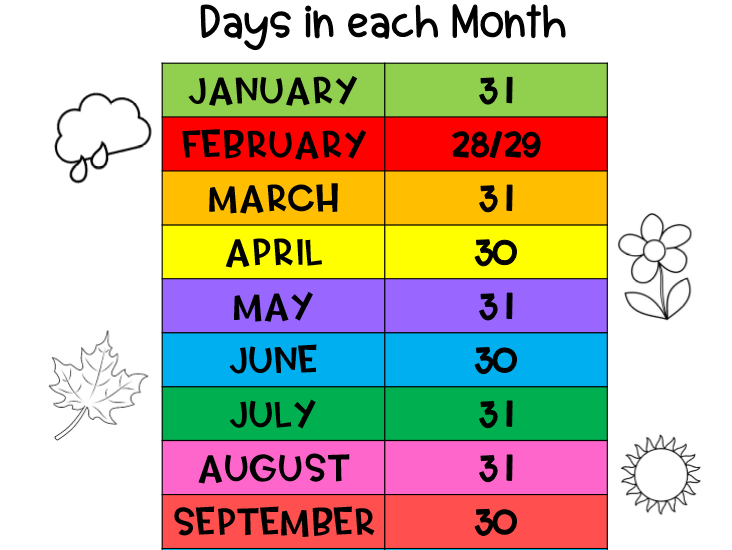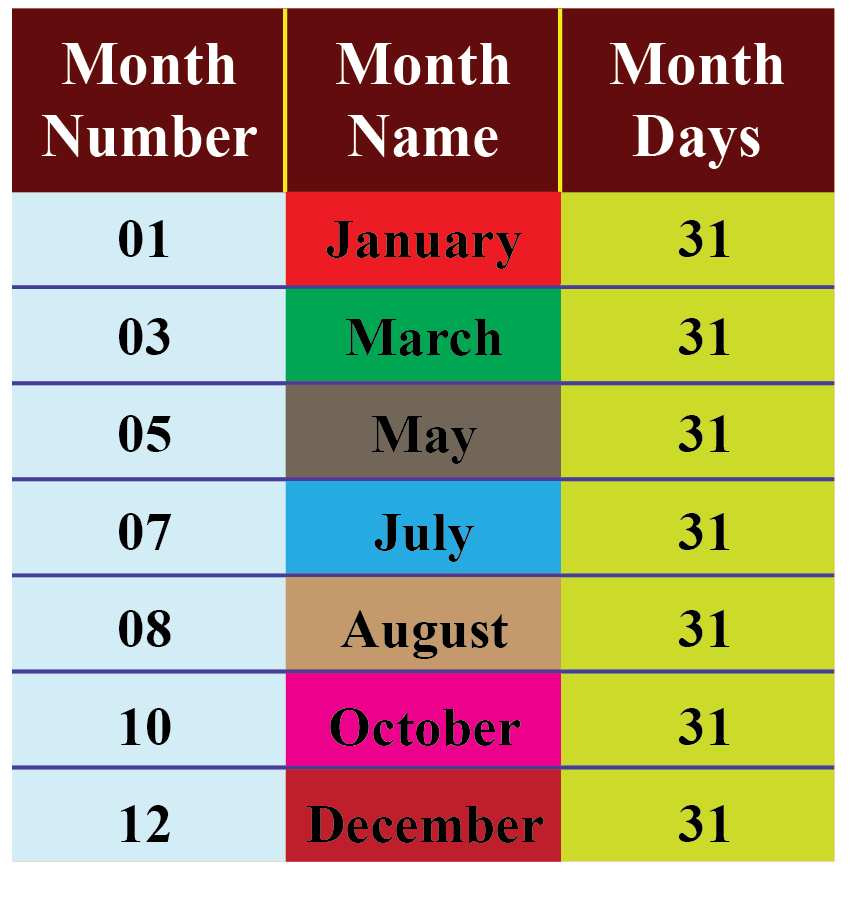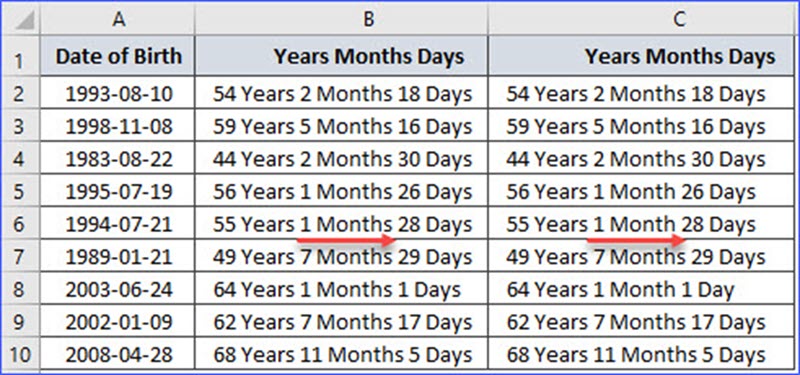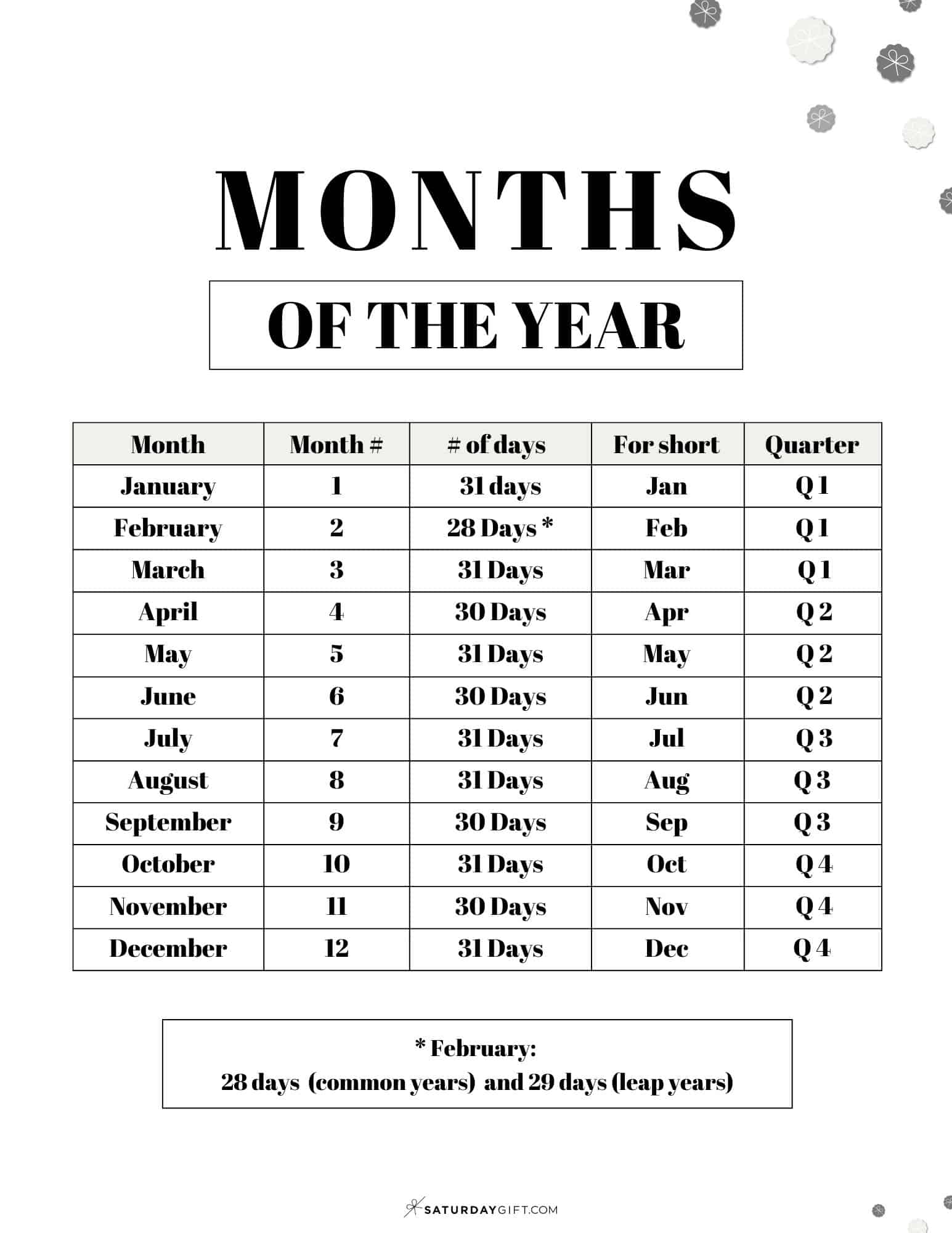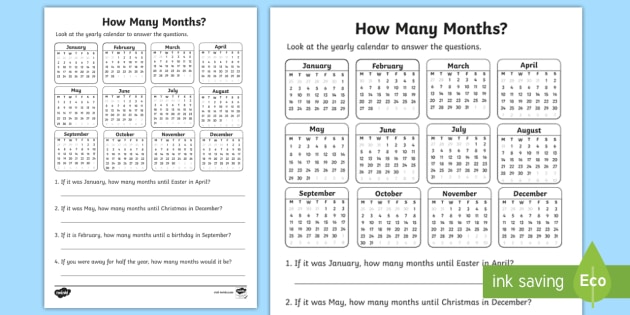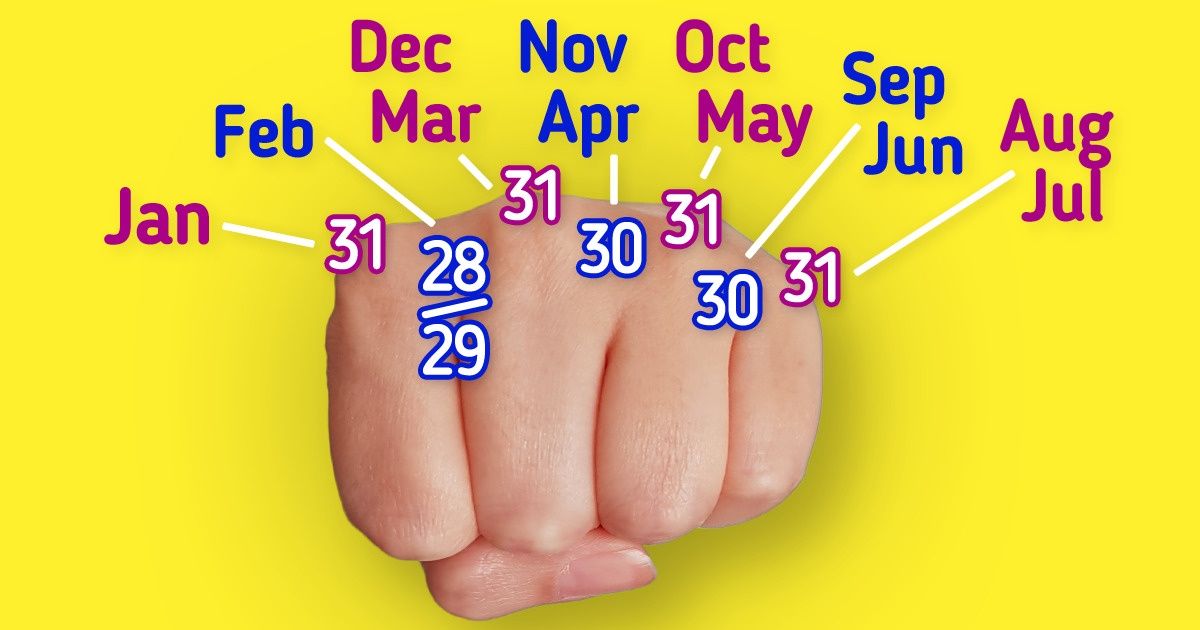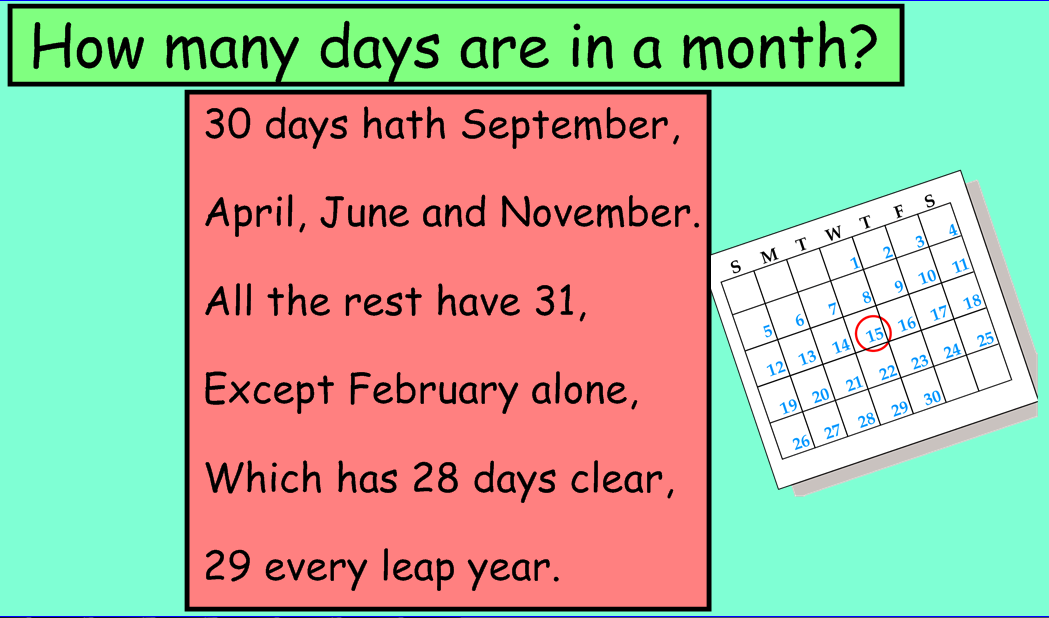How Many Months Is 139 Days

The seemingly simple question of converting 139 days into months reveals a surprising complexity, depending on the specific context and method of calculation used.
Understanding this conversion is more than just an academic exercise; it has practical implications for fields like finance, project management, and even everyday life when dealing with contracts, deadlines, or estimated timelines.
The Nuances of Month Length
The challenge in converting days to months stems from the fact that a month doesn't have a fixed number of days. Months can be 28, 29, 30, or 31 days long, leading to different approximations depending on the approach.
Here, we examine the various methods and their resulting calculations, clarifying why the answer isn't always straightforward.
Method 1: Using the Average Month Length
The most common approach involves using the average length of a month, which is approximately 30.44 days. This figure is derived by dividing the total number of days in a year (365.25, accounting for leap years) by 12 months.
To convert 139 days into months using this average, you would divide 139 by 30.44. This yields approximately 4.57 months.
Therefore, based on the average month length, 139 days is roughly equivalent to 4 and a half months.
Method 2: Considering Specific Month Lengths
Another approach involves looking at a calendar and counting out 139 days from a specific starting point. This method gives a more precise, real-world answer, but it's heavily dependent on when the 139-day period begins.
For example, if you start counting from January 1st, 139 days would take you into the middle of May. However, starting from a different date would result in a different ending point.
This method is useful for project timelines or legal agreements where specific dates matter.
Method 3: Using 30 Days as an Approximation
In some situations, especially in finance and business, a month is often simplified to 30 days for ease of calculation. This is an approximation and doesn't reflect the actual calendar.
Using this 30-day month, 139 days would be equal to 139 divided by 30, which is approximately 4.63 months.
While convenient, remember that this method sacrifices accuracy for simplicity.
Significance and Implications
The seemingly simple act of converting days to months has several significant implications. In financial calculations, for instance, interest accrual might be calculated based on a 30-day month convention.
Project management relies on accurate estimations of timelines, and using different methods of conversion can lead to discrepancies. If you are managing a project that has a milestone for completion in 139 days, the way that is interpreted into months can impact the project budget and overall performance.
In legal and contractual agreements, the definition of a "month" can be crucial. Ambiguity can lead to disputes, underscoring the importance of clearly defining the calculation method used.
"The key takeaway is to be aware of the context and the method being used when converting days to months. Lack of clarity can lead to misunderstandings and inaccurate projections," says Dr. Anya Sharma, a professor of Business Administration at the University of California, Berkeley.
Why Accuracy Matters
While a slight difference in decimal places might seem insignificant, these small discrepancies can accumulate over longer periods or larger sums of money. A 0.1 difference when converting 139 days to months will be negligible. However, when applied over a 10-year period, this difference compounds and impacts total costs.
For individuals, understanding these nuances can help with budgeting, managing personal finances, and understanding the terms of agreements.
For organizations, accuracy in these calculations is crucial for financial planning, resource allocation, and legal compliance.
Conclusion
Ultimately, the question of how many months are in 139 days doesn't have a single definitive answer. Depending on the method used – whether averaging month length, counting specific calendar days, or using a simplified 30-day month – the result will vary.
Therefore, when dealing with conversions between days and months, it's crucial to clarify the specific methodology being employed to avoid misunderstandings and ensure accuracy, especially in contexts where precision is paramount.
By understanding these nuances, individuals and organizations can make informed decisions and avoid potential pitfalls related to time-based calculations.

